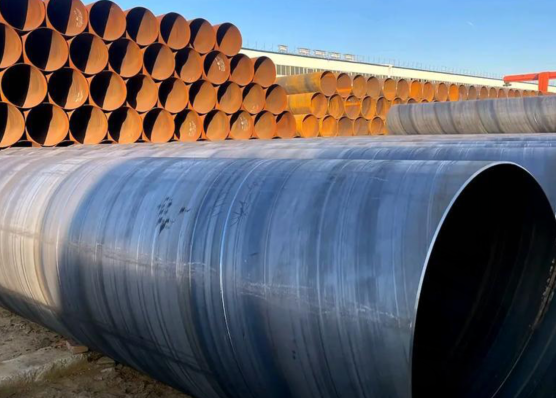
What is tensile strength?
Tensile strength is an index of mechanical properties of a metal material obtained by a uniaxial tensile test. Tensile strength represents the ability of a metal material to resist deformation and damage under external forces.
Tensile strength = breaking load / initial cross-sectional area of the specimen.
When the metal has obvious plastic deformation, the cross-sectional area used in the calculation should be the true cross-sectional area measured after the break, and the obtained tensile strength is called the true tensile strength.

This tensile strength index is an index against the maximum deformation ability. In other words, when the deformation reaches this level, the material is broken, and under the condition of uniaxial stretching, no larger deformation can be found. It is a limit and is specific. The tensile sample can withstand the limits of the applied load and is therefore called Ultimate Tensile Strength.
Yield Ratio:
There is also a parameter about yield strength and tensile strength, this parameter is the yield ratio! The yield ratio is the ratio of yield strength to tensile strength. The range is between 0 and 1. The yield ratio is one of the indicators for measuring the brittleness of steel. The greater the yield ratio, the smaller the difference between the yield strength and the tensile strength of the steel, the worse the plasticity of the steel and the greater the brittleness!Simply saying that the yield strength is high or the tensile strength is high, then the material is necessarily better or safer. Only steels with high yield strength and low yield ratio are safer.
Read more: Main Quality Testing Items and Methods of Steel Pipes or ASTM Standard Seamless Pipe Quality Inspection
Related information
